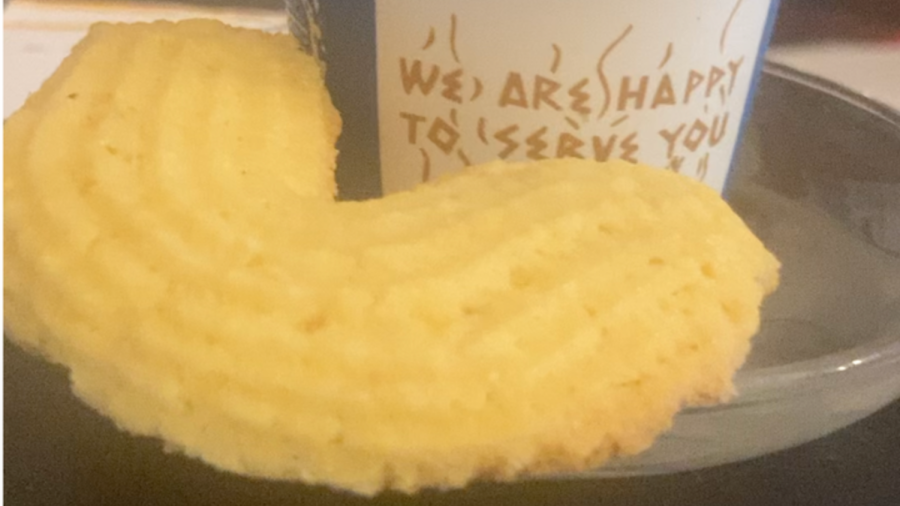Did Jews name the classic Italian cookie “krumiri”
Published March 31, 2022
This story was originally published on March 29 by the Forward. Sign up here to get the latest stories from the Forward delivered to you each morning.
When the Italian bakery and cafe Il Fornaio opened its first American branch in San Francisco, I was hired as a cookie baker. The night before my first day on the job, I tried my first pot brownie, and then, rookie mistake, my second. I spent the night in a paranoid wakefulness, arrived at work and fell asleep with my head on the baking counter while a rack of cookies burned.
Months later the manager told me they meant to fire me, but, she said, “We knew you were just high.” In San Francisco, back then at least, that counted as an excuse.
It helped, too, that I loved my job: making batches of hundreds of cookies and tarts, cracking tens of dozens of eggs into pounds of sugar, then out of all that volume, fussing over the shape of each individual cookie.
My favorite cookies were the krumiri. Made with butter, cornmeal and a splash of Maraschino liqueur (or, in our case, half a bottle), they have crunch and substance. The head baker, who was from northern Italy, loved his cornmeal. He called us all together one afternoon to demonstrate how he made polenta, stirring the enormous pot with what looked like an oar.
Krumiri are from the town of Casale Monferrato in the Piedmont region, where they are still made. The legend is that the baker Domenico Rossi invented them in 1878 to pay homage to King Vittorio Emanuelle II, shaping them like the king’s droopy mustache. That didn’t explain their unusual, non-Italian name, though.
Only recently I came across another theory: that the name comes from the Yiddish word krumm, which means crooked. Jews, it turns out, have lived in Casale Monferrato since 1492, when they arrived from Spain to escape the Inquisition. At its peak, the population reached between 600-800, a substantial number in the small town. In the 16th century the Jews built an ornate synagogue, which survived the destruction and deportations of World War II.
Just two Jewish families remain, the Carmis and the Ottolenghis, who share a name and likely some heritage with the Israeli-born London chef and author Yotam Ottolenghi — who started his cooking career making pastries and cookies.
Whether Jews had a hand in making or naming krumiri is unsettled history; the Jews didn’t survive to tell their version. Maybe it’s wishful thinking — the town’s Jews had Sephardic, not Ashkenazic roots — but it’s possible. A good recipe can have many contributors along the way who impart a flavor or a technique without claiming credit or leaving a name. In the end, all that comes down to us is a good story and a recipe worth making, for yourself, or for Il Fornaio.
View this post on Instagram
Krumiri
This recipe is based on one by Joëlle Néderlants that appeared in Cucina Italiana.
Makes 50 cookies
1 cup cornmeal
5 ½ oz. softened unsalted butter
⅔ cup powdered sugar
⅔ cup all-purpose flour
2 large egg yolks
1 t. vanilla extract
2 t. Maraschino liqueur (optional)
salt
In a mixer, beat the butter with the powdered sugar. When well blended, add the egg yolks and incorporate well. Add the flour and cornmeal, a pinch of salt, vanilla and optional liqueur. Blend into a stiff dough. Let rest in the refrigerator for at least 30 minutes.
Remove the dough from the fridge and place in a pastry bag with a 1/2-inch serrated tip. Squeeze ridged tubes, at least two to three inches long, directly onto a baking sheet lined with parchment paper, then bend them slightly into the traditional shape.
Put the baking sheet in the refrigerator for around 10 minutes to cool.
In the meantime, preheat the oven to 325°F then bake for 15-16 minutes. Remove and let cool.














